Alice Bucknell Soars From Pollination Simulators to Quantum Love Stories
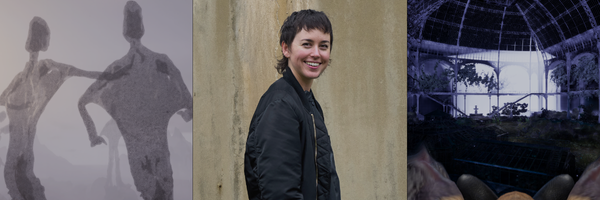
"It was so hot. It was crazy," Alice Bucknell told me about their summer. The London and LA-based artist had spent an absolutely torrid time in a flat in Paris as part of a three-month residency. It was productive, but the heat was a sign of the times. Bucknell has spent much of their career exploring our changing world through game-based work like The Alluvials, a speculative future series about the water politics in Los Angeles, spanning several short games and a film.
But something changed this year. "The long and short of it was, this year I was thinking a lot about love," Bucknell said. Two new works, Nightcrawlers and Small Void, found Bucknell turning to multiplayer games to flip traditional gaming hierarchies, creating experiences where players must work together as different species—bats and flowers in pollination dances, matter and antimatter seeking reunification in black holes. Showing at venues like Centre Pompidou and informed by residencies at CERN, Bucknell's games challenge players to navigate relationships beyond human language—through sonar, electromagnetic pulses, and haptic feedback. Their work asks us to reconsider agency, partnership, and what it means to truly cooperate.
Here, we speak with Alice about why plants make good dance partners, how black holes are really about the wavelength of desire, and why more game artists are trying to "fuck it up" in multiplayer design.
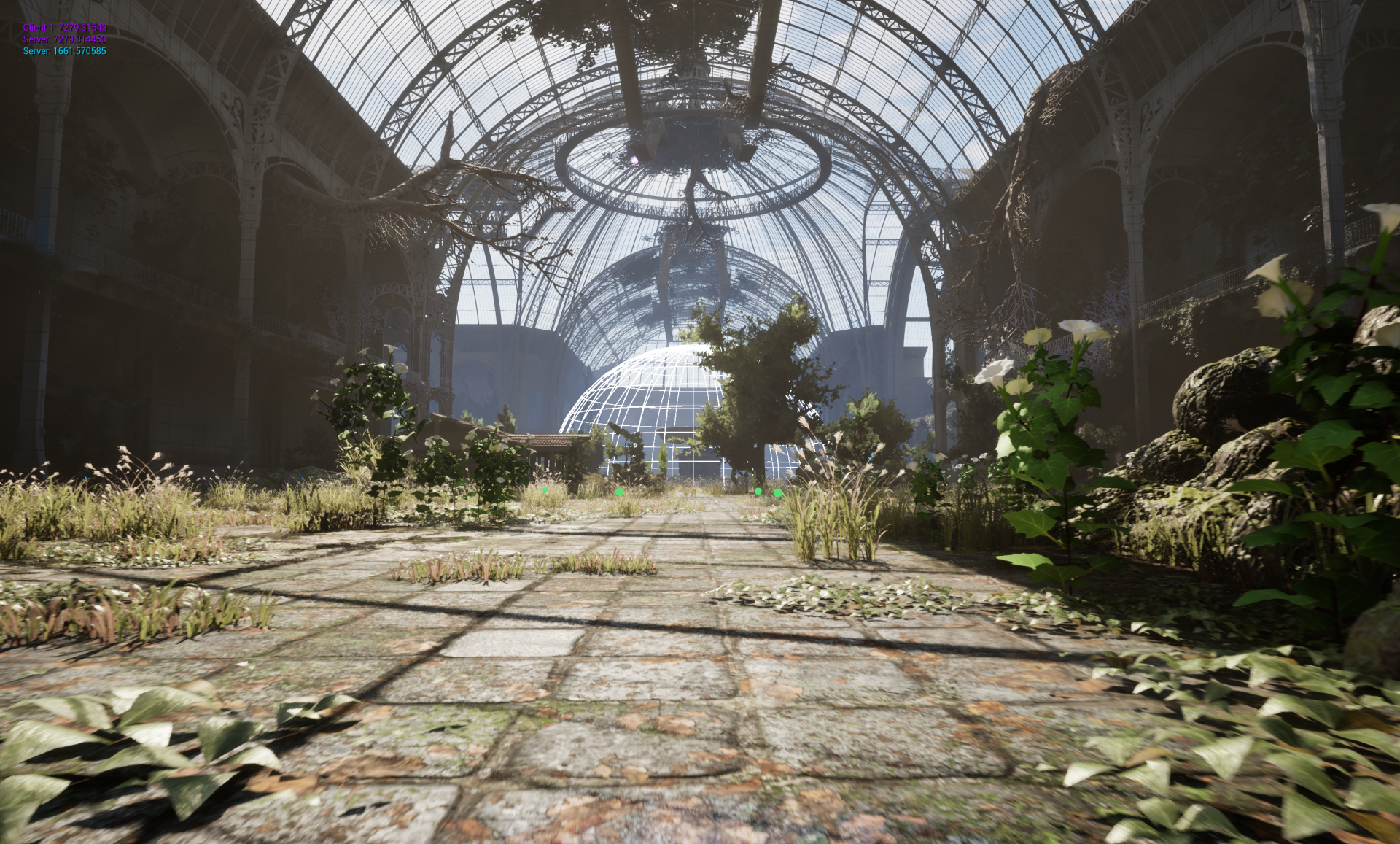
Going into Nightcrawlers, how do you see that work as an extension of some of the things you're exploring in The Alluvials, versus a divergence?
The connective tissue between Nightcrawlers and The Alluvials is literal in some ways. There was one of the levels of The Alluvials that I call a pollination simulator. You're playing as either the Joshua Tree or the Yucca Moth. If you're playing as a moth, you're flying around and going to these trees that have been tagged for you to pollinate. If you're the tree, you're just talking to the moth to get the particle systems to come over to you, which triggers the pollination event.
It's very simple mechanics. Still, I was interested in The Alluvials in playing with this idea of an infinite pollination simulator—getting to live with this embodied, drunken, and goofy mating act. I could really dilate it and turn it into a game that you could play not just for longer with more complexity, but with another person at the same time. The idea of pollinating as a solo player felt wrong to me. That felt biologically like it doesn't really make sense, but also kind of lonely, you know?
So I thought it would be fun to make eventually. I didn't have a timeline in place, but I knew I wanted to play around with it as a game typology. Then, when I was working at Centre Pompidou, they were closing for a five-year renovation, and they were willing to commission new work from me.
The location of their closing exhibition was the Grand Palais in Paris, an insanely beautiful, gigantic building from the turn of the century. What would be cooler than playing as a bat inside this gigantic glass house? Or playing as a flower and creating this pollination mini-game that was a two-player cooperative musical?
Pollination didn't just become a de facto thing you can do with the push of a button; it actually required more effort and more communication between different beings.
The musical score component is a nod towards multi-species cooperation. Still, it also explores how two species might communicate and co-evolve beyond language—whether it's pheromones or sonar that the bat uses or the way that the flower evolves to shape itself to be the precise length that could pick up and reflect the bat's sonar back to the bat. Something with that density or complexity, but just be fun.
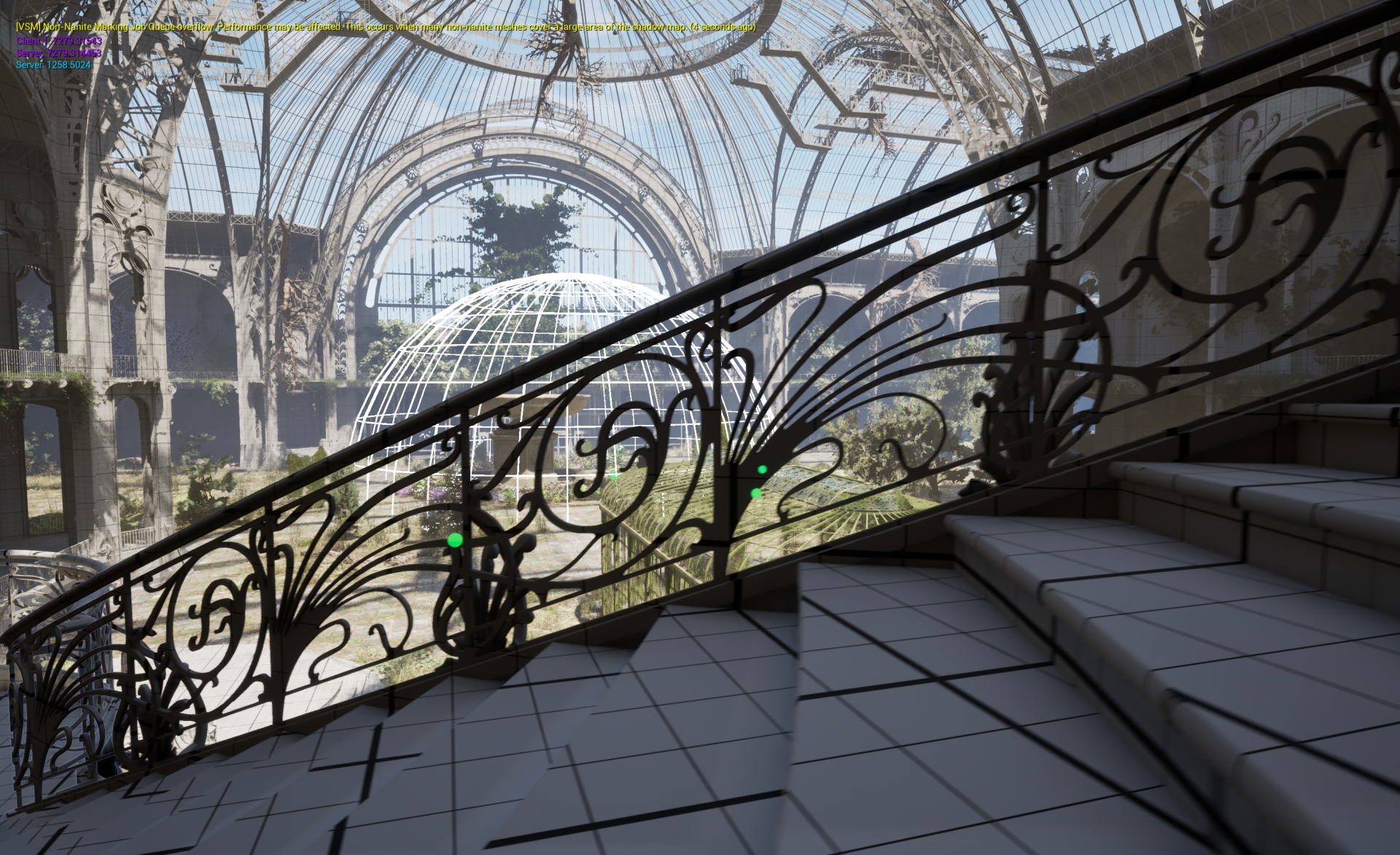
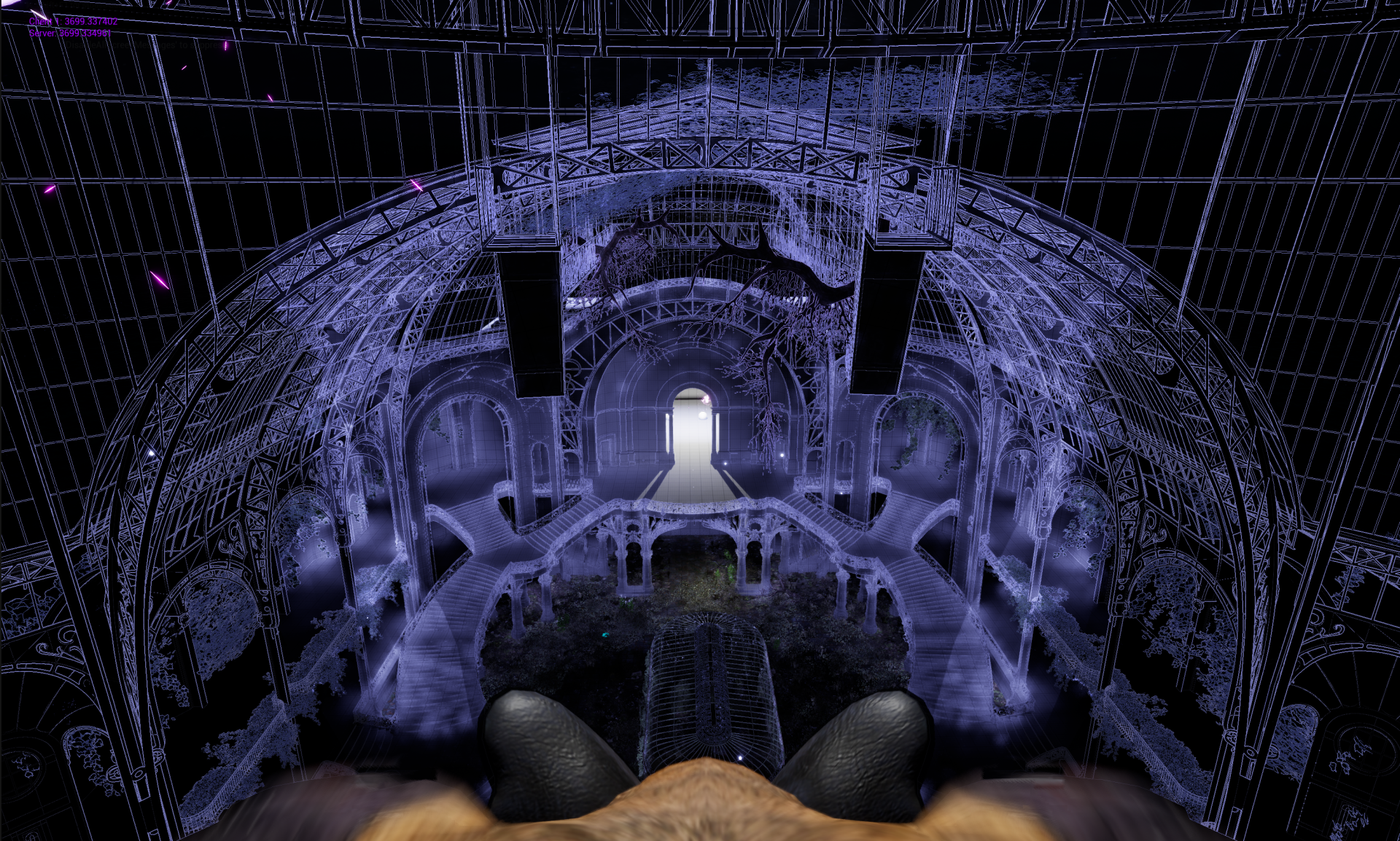
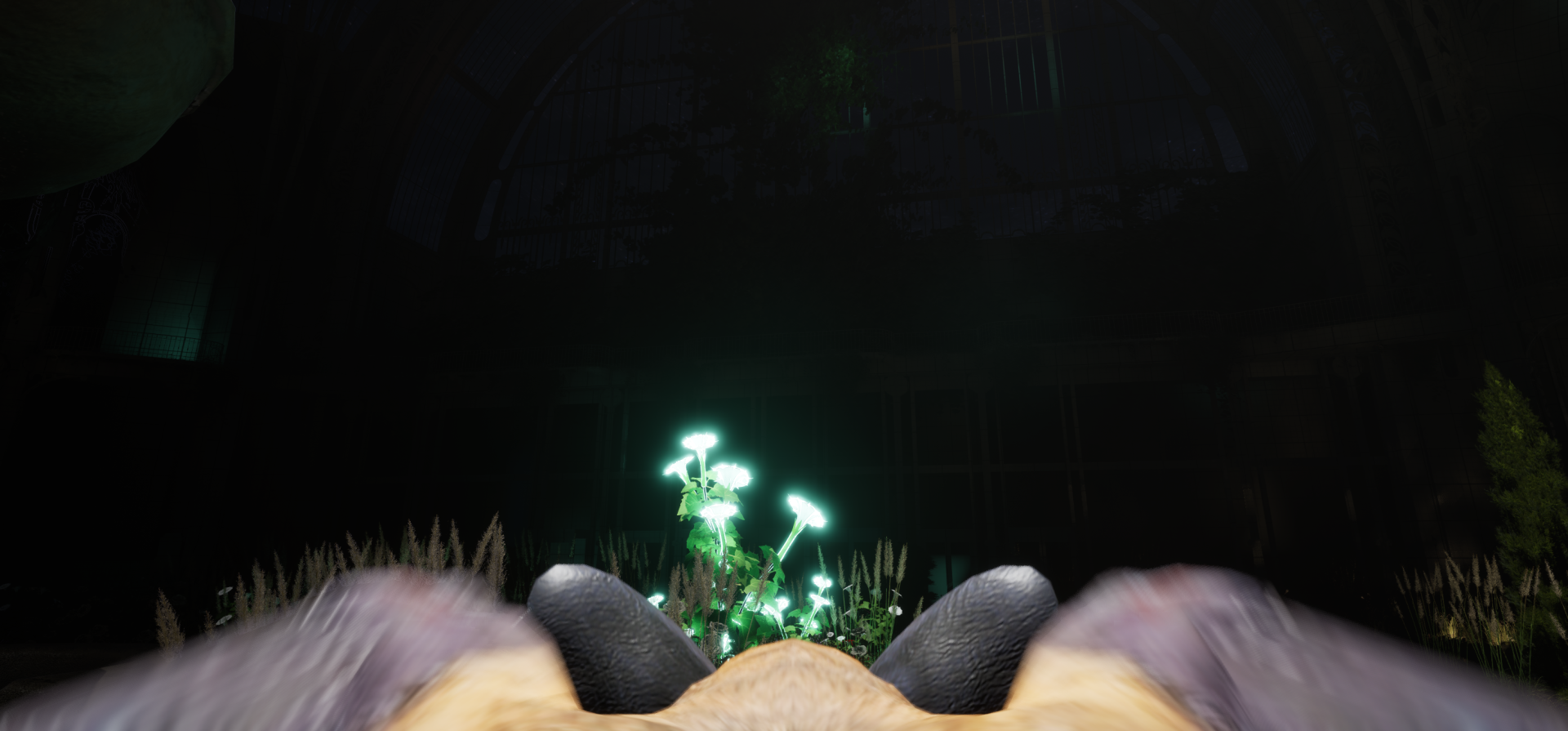
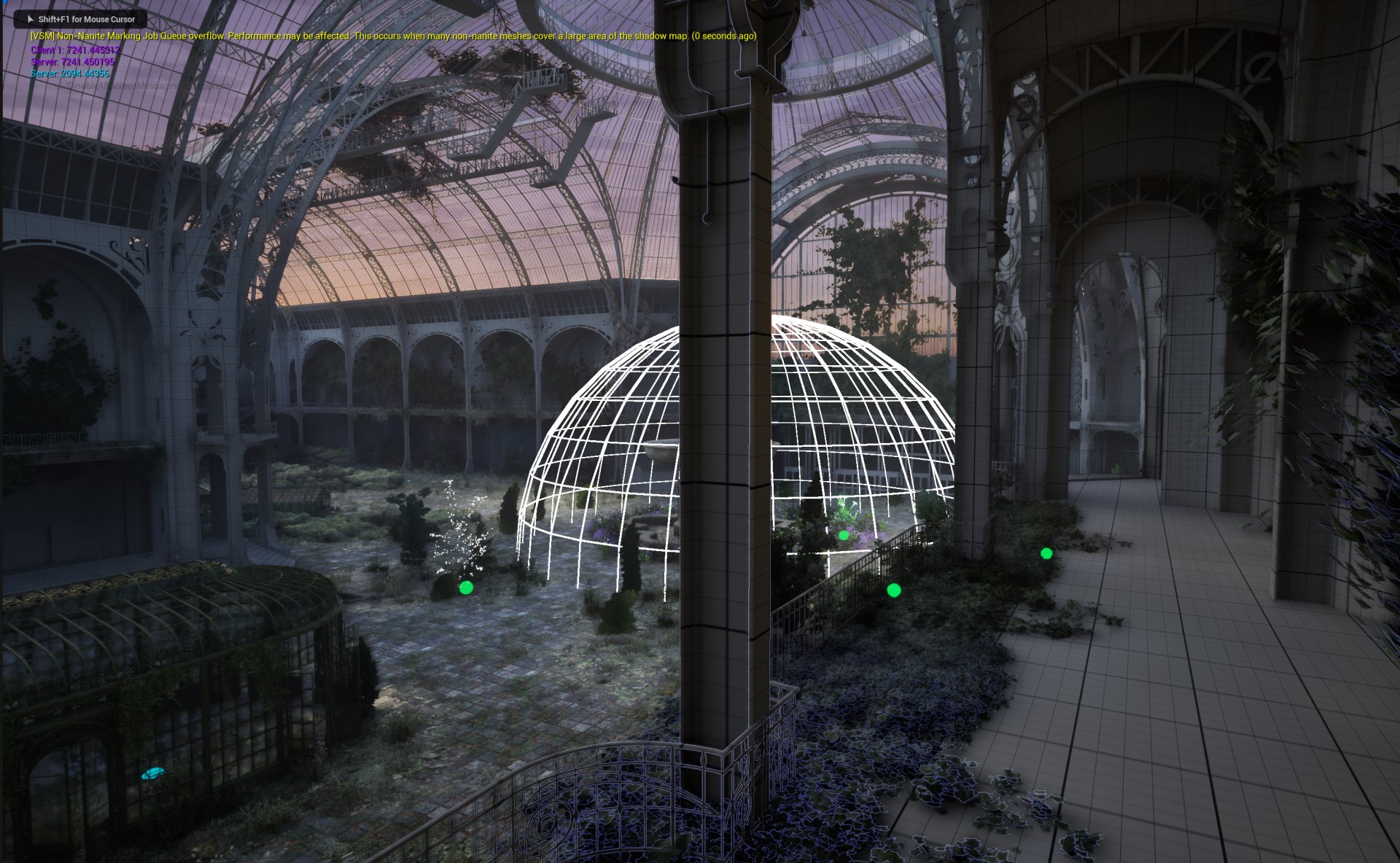
You know, it's interesting with bats—different animals capture the public imagination in different ways, and I think bats have had a negative valence for the public for a long time, you know? Vampires and spreading diseases. Some of the research on bat pollination stuff is newer, right?
They're a keystone species for propping up entire ecosystems.
Flies are pollinators, but bees have had exclusive rights to pollination for quite some time.
Bees have a really good PR agent.
When you were working with bats, I was curious about your response to doing playthroughs. Did you find that this was changing some perceptions, the way people think about bats now, or getting to embody a bat?
When my collaborator, Mati Bratkowski, was working on the game, we thought everyone would want to be the bat and have the bird's-eye omniscience of being airborne. The camera distorts around the bat, and the feeling of flying is sublime. We were worried about people loving bats so much that no one would want to play with the flowers.
Pollination sequence
Right.
How do you create a sort of gameplay for a flower that is, by and large, inanimate? On the scale, that doesn't make sense to human witnesses. We wanted to make the flower hold true to the science of it all.
I was reading Zoë Schlanger's beautiful book The Light Eaters. She talks about how plants have a very complicated communication, movement, and sensing system. But plants exist in the world at all of these different barometers and intensities that don't match up with human-scale systems—understanding how the world works or how things move through it.
Zoë's book really interested me in this kind of system of electromagnetic pulses that plants use to communicate through their root system—not just within themselves but in the whole network of roots that might make up a forest or maybe the ways that they're entangled with other trees or fungi or other creatures of the woods—or of the soil, let's say.
So, inside the movement mechanic of the flower in Nightcrawlers, it embraces the idea of these electric pulses. When you move as a flower, you're not moving as the flower itself, but you're moving as the pulse of information that's being transmitted throughout the network. So you get to fling yourself almost catapult style through your root network system, then pop up in all these different locations. It's like whack-a-mole, where you can loom around under.
And we did this cool thing where we ended up flipping the architecture of the Grand Palais upside down. So it's a bit like the upside-down world in Stranger Things, where you see the landscape above ground, but it's reversed. And that gives a sense of scale as to how far you can catapult yourself worldwide.
People actually really like playing the flower. That was cool.


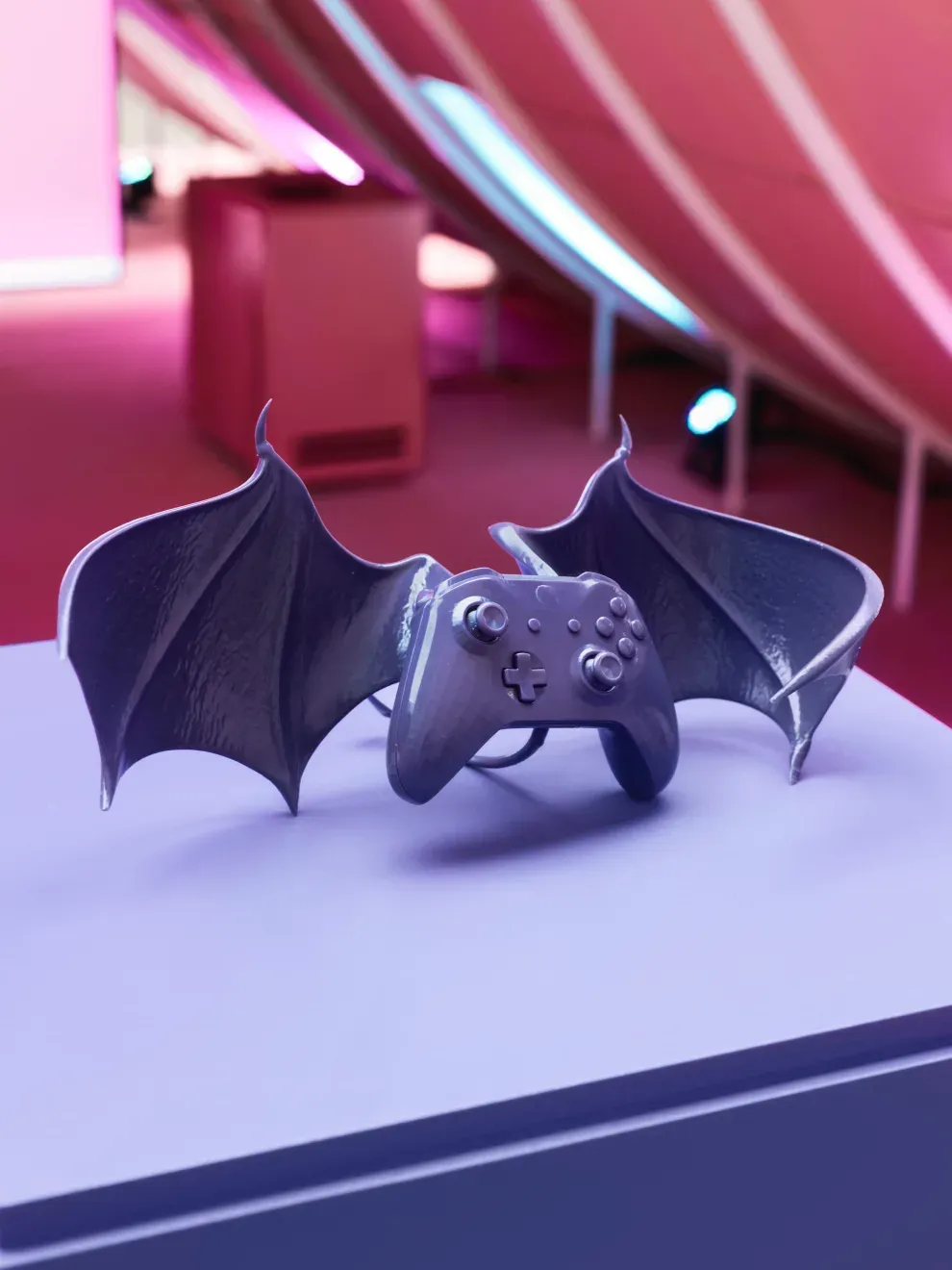
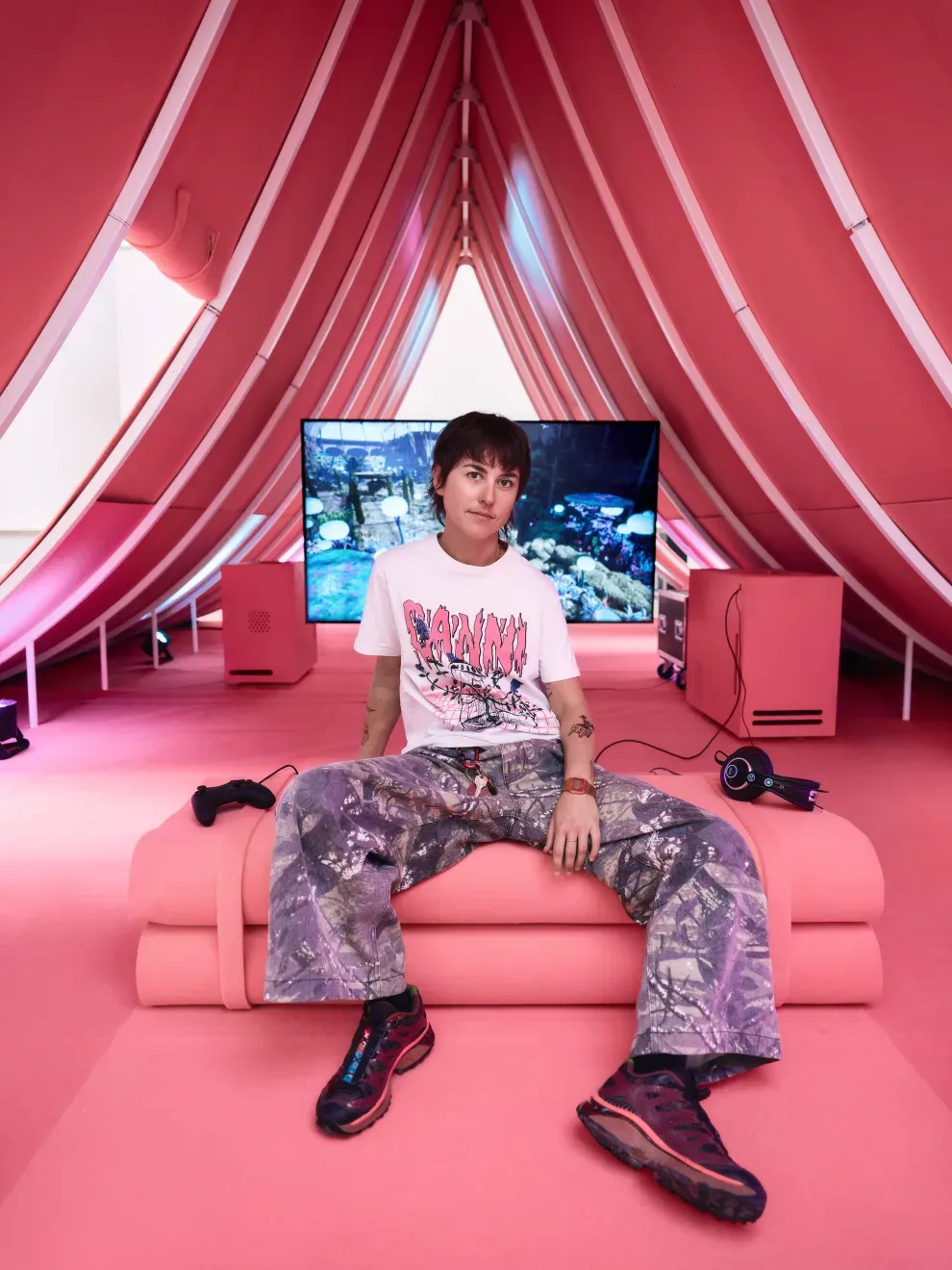
Alice at Centre Pompidou (Credit: CHANEL)
In games, often cooperation is in the service of some kind of competition, as opposed to something mutualistic.
Yeah, exactly. With this game, obviously, to start the pollination mini-game—the musical, almost like Simon Says kind of thing—you have to wait for the other player to collect the charms around the landscape. Still, one thing we wanted to undo was this assumed hierarchy of there's a pollinator and there's a pollinated. You know, plants necessarily become the sub in this situation, and whoever's flying around gets to initiate everything. That's not necessarily true, so it shouldn't be true in the game.
So whoever collects the notes first gets to initiate the mini-game, and they get to be the ones who set the score that the other person has to follow. So we like to think about pollination being this sort of interplay and a kind of dynamic where these power dynamics can shift, and they're slippery, you know, and that's part of the fun.
Have you seen a bat pollinate before?
Sadly not. I haven't witnessed the pollination. I've just watched videos of it. Making the game made me attentive to seeing bats at night, especially throughout the summer. They used to come out when I was in Paris, and I would get to watch them come out during the sort of dusk period, right as the sun had set. And they were just swooping around outside my place, which was beautiful.
Let's talk about Small Void. It's also multiplayer, so what has interested you about multiplayer game design?
The long and short of it is that this year, I was thinking a lot about love.
Awwww.
I think both of these games are love stories in a way.
Maybe the Nightcrawlers game is more literal and obvious in terms of being a pollination simulator. Still, Small Void is a game inspired by my residency at CERN, the European Center for Nuclear Research. It's inspired by black holes and quantum entanglement.
I almost see these two games as siblings. One is maybe at the cosmic scale, and one is at an earthbound level, and it can be at the scale of the micro or the scale of two beings existing on our planet. But they're both fundamentally about how two parts of a whole, or these frictions of identity, go into life cycles.
Small Void, and into you're playing as matter and antimatter, based on this concept in black hole studies called Hawking's radiation paradox. It's this idea of something being on the edge of a black hole, whether it's a chair or a boat or a plant, let's say, or a bat. Then, that object splits into two parts—matter and antimatter–because all objects basically have the equivalent amount of matter and antimatter.
And then if they split into two, half of it falls into the hole, and half gets shot back into space. Will the objects or halves of the same object ever be able to find each other again? Will they be able to do annihilation, where they meet and merge and explode? It's not death necessarily, but it's just transferring into another state of being. But you could think about both games as this quest to find the other person to do something, whether to pollinate or to annihilate. It is ultimately a hide-and-seek game.
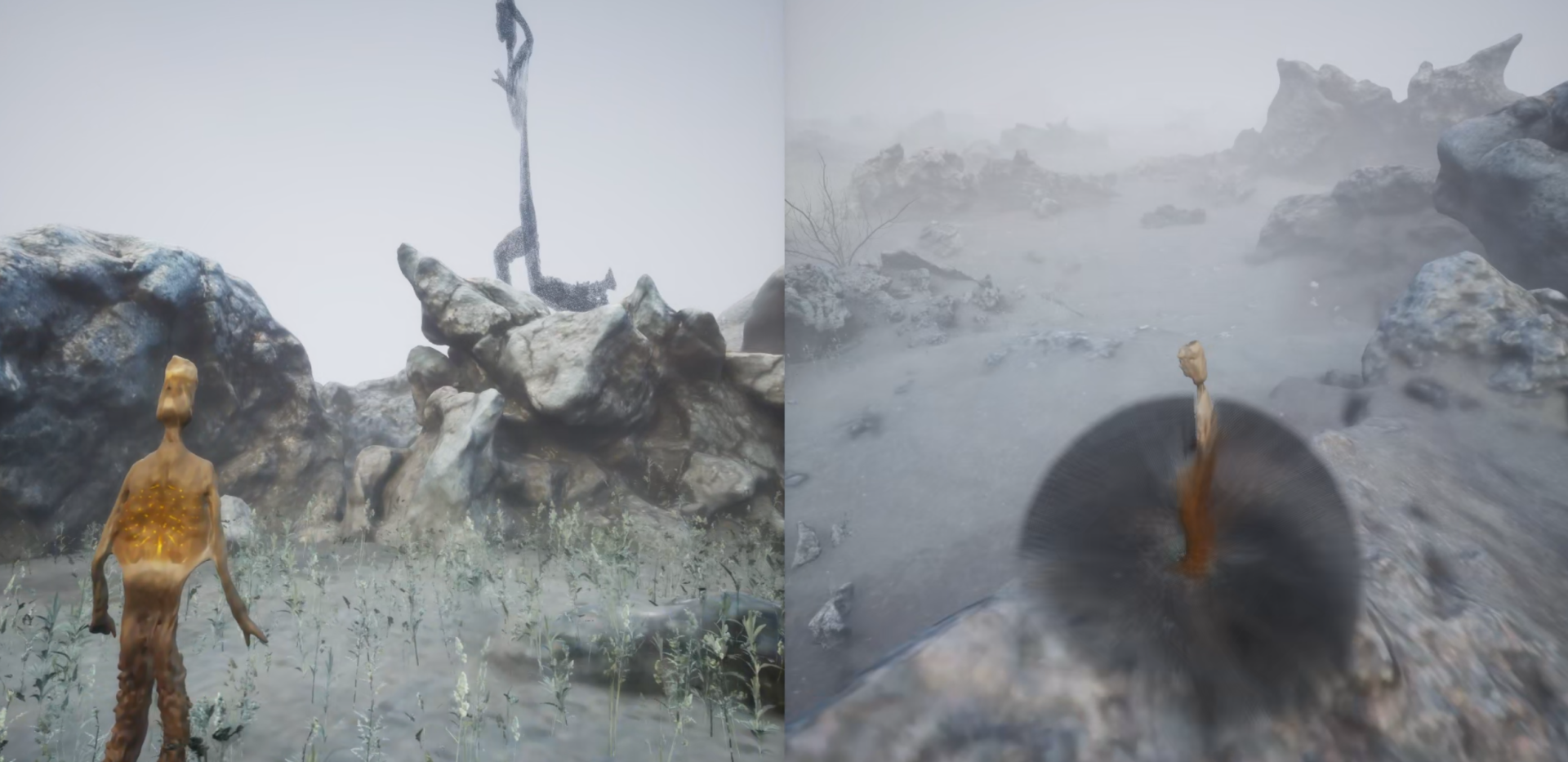
When you have two players, it's not linear in terms of dynamics; it's logarithmic regarding each additional player and what's possible.
That's a good question. With Small Void and Nightcrawlers, I explore the messiness of human relationships, attachment theory, breakdown of language, and non-linguistic language. Two intelligent beings relating to each other through time and space, whether that's inside of a black hole or inside of a French beaux-arts building—how do I create the system where you're fumbling around in the dark and having to navigate this strange and unusual world, but having to do it together? Togetherness isn't a burden, but actually questions partnership and identity as core mechanics of the gameplay.
Also, I was interested in experimenting with echolocation as a primary mechanic—what if sound matters more than image? The haptic feedback mechanic in Small Void can help you try to find the other player based on the pulses that the controller is giving out. So the closer you are, the more intense the pulses are.
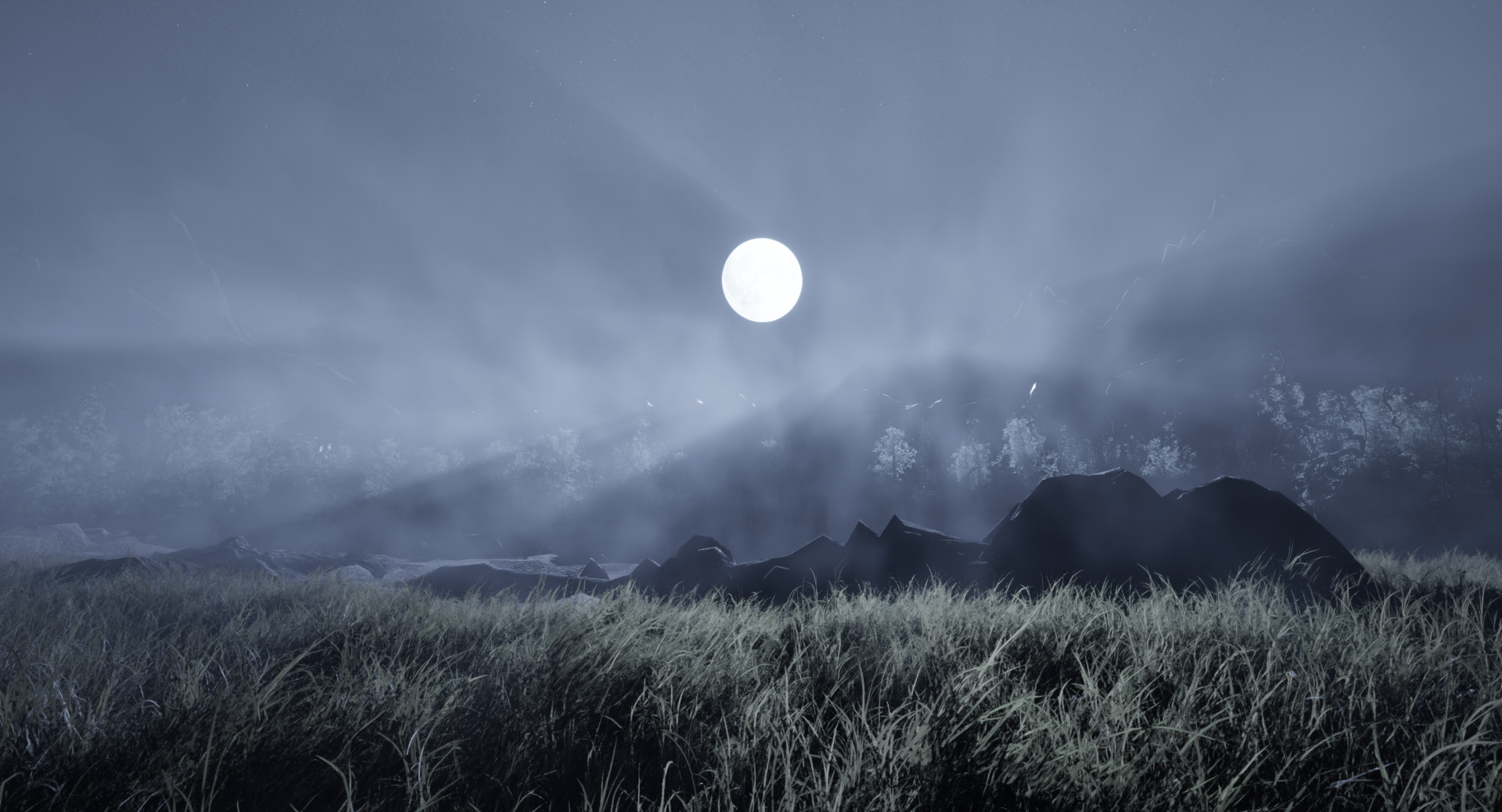
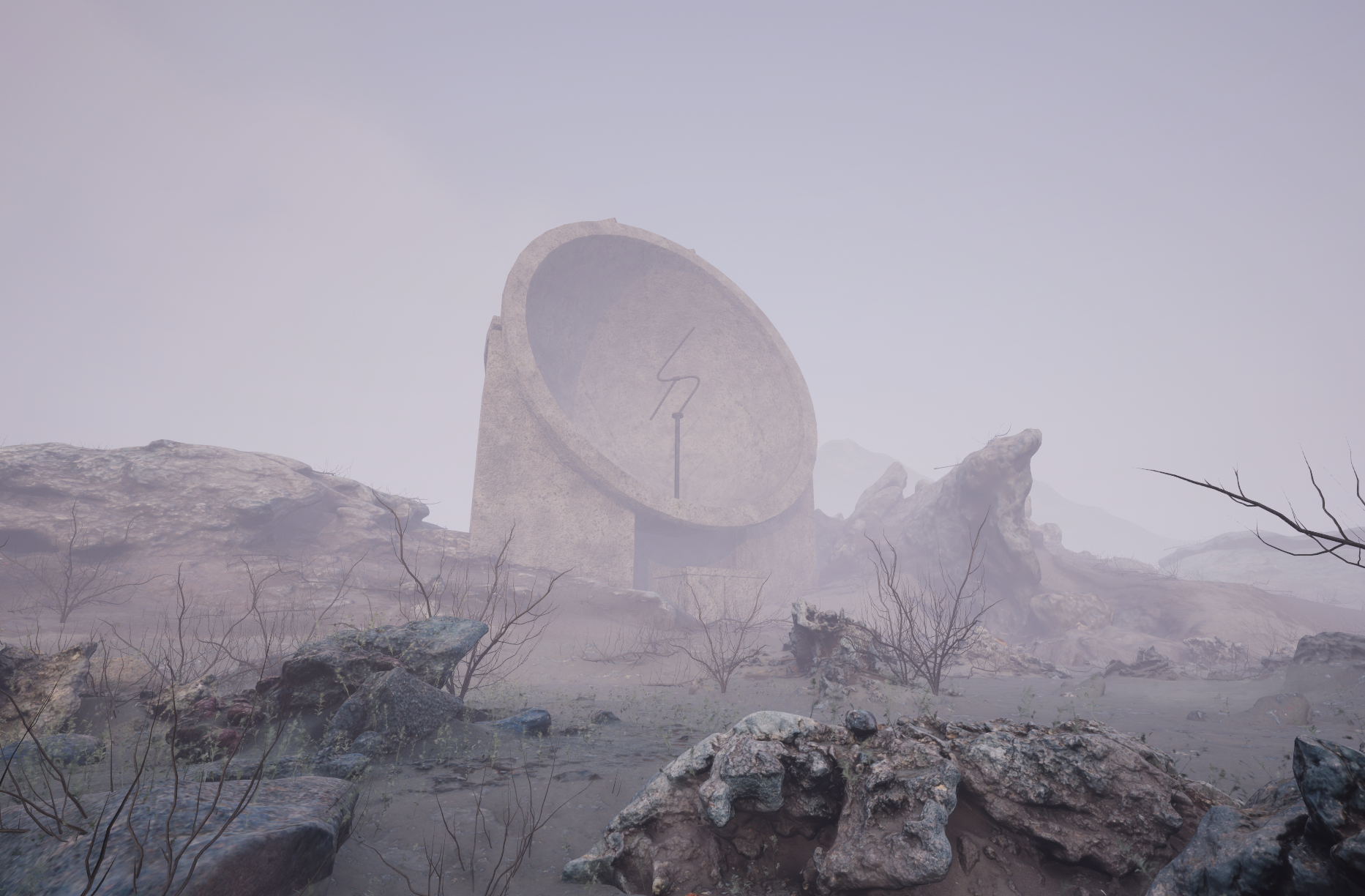
Love it, yeah. Yeah, it's interesting from you and Theo Triantafyllidis' Feral Metaverse and Sahej Rahal's DMT. It's interesting to see more artists experimenting with these interpersonal dynamics in a gallery context. I wanted to ask if there's a bit of convergent evolution happening with artists.
As an artist who shows games in museums or gallery settings, I've noticed the controller anxiety that our world has. People love the concept of video games—everyone's like, yeah, love this new media, which is hot right now. But then, if you give someone the controller, they freak out. "Yeah, I don't want to touch this. I don't want to break anything. I'm scared."
A lot of us are really interested in this question of agency and distributing or decentralizing it. What kind of power hierarchy is there here, and how do we fuck it up, break it down, and challenge it? This is a question that artists deal with in any medium. So it makes sense that artists who are making games are using this very obvious and very immediate way of fucking with agency through a multiplayer system.
This interview was edited for grammar and clarity.

Comments ()